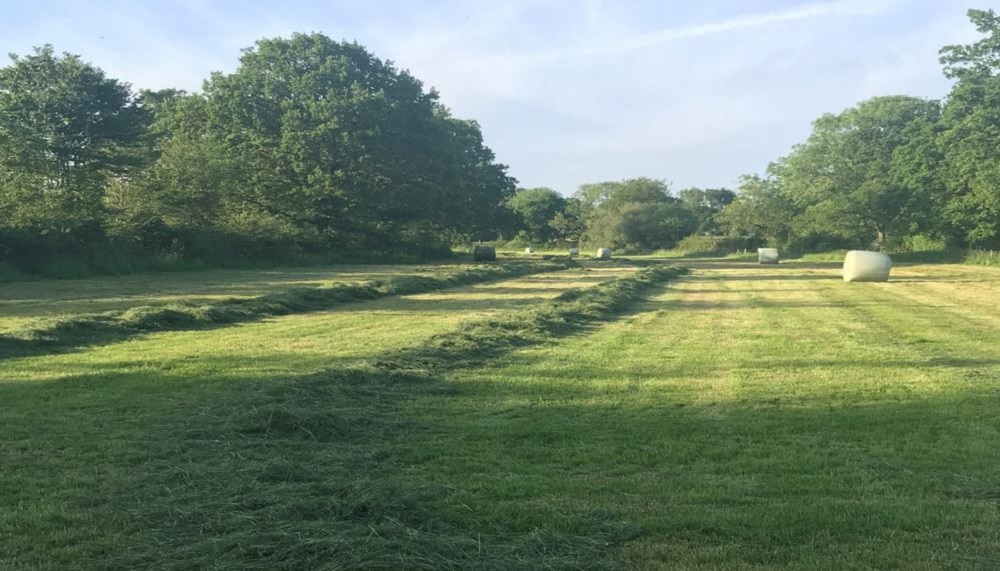Making good grass silage – back to basics
Thursday, 20 April 2023
As the silage making season gets underway, Emily Collins provides top tips for cutting, harvesting, ensiling and clamping to help you produce high-quality feed for your cows.
Making and feeding high-quality digestible silage encourages higher feed intakes and better cow performance. High-quality forage has a high nutritional value (in terms of energy and protein) and is also well preserved.
The three aims for high-quality silage
As we come to the start of silage making season, having a good management plan will deliver on the three main objectives for high-quality silage:
- Good yield for first-cut silage and high annual grass tonnage per hectare.
- A clean, well-preserved feed with good palatability.
- Appropriate nutritional quality.
Quality = D-value
For the highest quality silage, aim for an early May cutting date.
Nutritional quality is principally governed by grass digestibility (D-value), which starts to fall with the onset of stem formation and heading (by up to 0.5 units/day). Do not be tempted to sacrifice quality for quantity by delaying harvest.
The cutting date is also critical to the quality of second and subsequent cuts. To maximise quality, take further cuts at 30–35-day intervals. Grass silage can only be as good as the sward from which it is made.
Integrating grazing and silage-making by producing and utilising sufficient, high-quality forage is key to profitability. Using the Recommended Grass and Clover List | AHDB can ensure that new reseeds are using desirable varieties for your needs.
If you are aiming for silage to feed to dry cows or growing heifers, you may target more stemmy herbage with a lower digestibility.
When to harvest
The weather can dictate a lot of practice, but, ideally, mow when dry (no rain or dew) and preferably in the morning if ensiling can be later the same day and the target dry matter (DM) reached.
Spread grass rapidly and evenly within 1 hour of cutting to encourage wilting – aim for 30% DM in 12–24 hours to concentrate the water-soluble carbohydrates and promote faster fermentation. Crops with high clover content can be wilted for up to 48 hours.
In poor weather, try to cut, spread and pick up grass the same day.
Chop length should be adjusted based on crop DM to optimise clamp consolidation. Grass that is chopped when being picked up gives more efficient silage fermentation; more sugars are released, and trapped oxygen is dispersed. This makes it easier to consolidate, and it breaks down more rapidly in the rumen, leading to higher dry matter intake (DMI) and performance.
Target chop length for grass silage based on dry matter (DM) content
| Silage DM (%) | Ideal chop length (cm) |
| 28–35 | 2.5–5.0 |
| 20–28 | 8.0 |
| <20 | 8.0–10.0 |
Ensiling and clamping
Ensiling and clamp sealing must be done quickly, paying great attention to detail.
For all silages, good consolidation from the start of ensiling is vital to ensure stability during storage and feeding and to minimise losses.
The clamp floor should be clean and filled in thin, even layers, no more than 15 cm deep. Roll regularly right to the edges.
The clamp sides should be slightly above the level at the centre, so tractors lean away from the walls.
Sheet up or seal the clamp each night, even if you will be adding more the next day, to allow the lactic acid fermentation to begin.
Big bale silage requires the same principles but needs careful management when moving to avoid any puncture in the wrap and bale distortion.
Further information
 AHDB
AHDB


